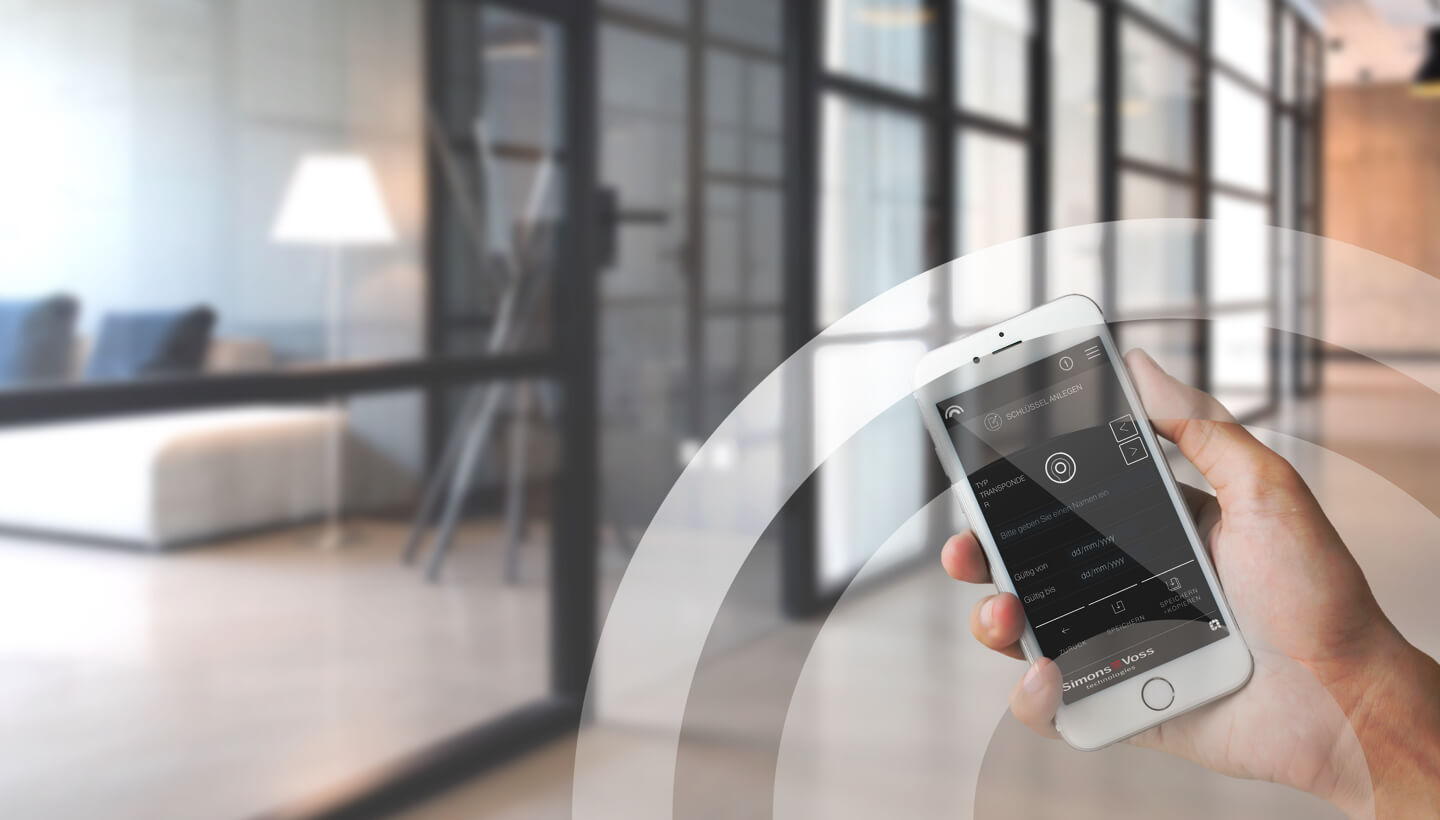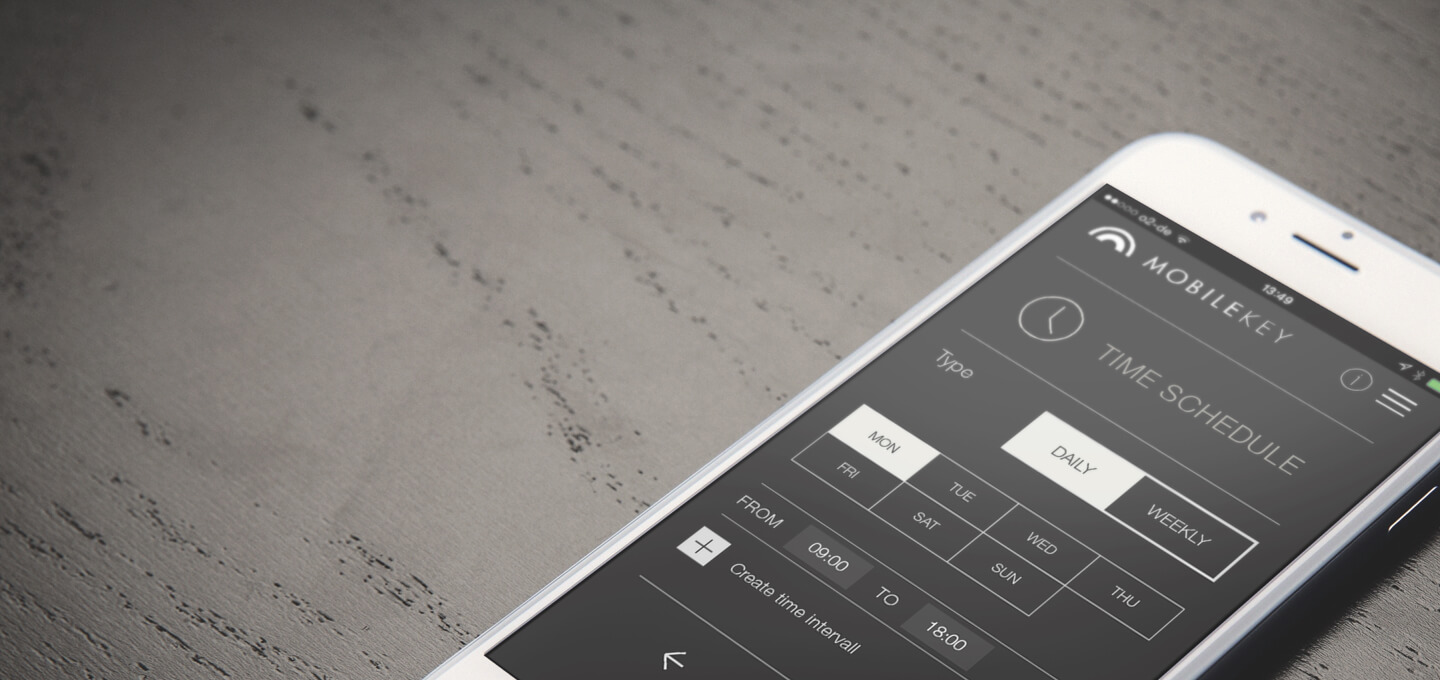Access control is a critical component for safeguarding buildings and their occupants. While the primary focus of access control is typically on preventing unauthorised individuals from entering a premises, the role of digital locking systems extends beyond mere entry management. In fact, these advanced systems also play a crucial role in identifying intruders attempting to enter and exit a building unlawfully.
Digital locking systems, such as those offered by SimonsVoss, provide comprehensive access control solutions that not only regulate entry when it comes to both external and internal doors, but also monitor and control exits. This dual functionality ensures that individuals within a building are protected from potential threats, and unauthorised exit attempts can be promptly addressed.

Audit trails log all entrances and exits at each digital lock
One of the key features of digital locking systems is their ability to track and record all access events. Every entry and exit is logged, creating a detailed audit trail that can be easily accessed and reviewed by authorised personnel when necessary. This audit trail serves as a valuable tool for identifying suspicious behaviour and investigating security incidents.
For example, if there are concerns that someone with authorised access is facilitating unauthorised entry by allowing others to tailgate behind them, the audit trail can provide evidence to support these suspicions. By analysing access logs, security personnel can identify patterns of behaviour and take appropriate action to address any security breaches.
What if someone tailgates?
You might be entering the company building and someone dressed in a courier uniform carrying parcels comes in behind you. You innocently let them in, not thinking they’re there for nefarious reasons. But you don’t stay to watch them, so they’re free to do what they want. Perhaps they weren’t actually a deliveryman but wanted to enter the company building to spy on secret data. This is a classic case of tailgating.
In the context of security, tailgating relates to gaining illegal access to security-relevant areas.
As already clearly highlighted the danger is the unauthorised access that the attacker gains thanks to their tailgating. Once inside the company premises, the attacker may be able to spy on data and find information about internal company affairs or if they’re there for criminal activities, place the employees lives at risk inside the building.
The age-old maxim “Trust is good, but control is better” should therefore be literally applied circumstances. Ultimately, it is better to verify identify than grant unauthorised access to someone you don’t know.
How can tailgating be prevented?
The weak point in attacks of this kind is the human being, i.e. the employee. This is why it is a good idea for the company to provide training sessions on security and cybersecurity which explain how to detect and deal with these kind attacks.
As a general rule, it is important to stick to the relevant, established security practices – be it carrying a company ID or clocking in and out. All these practices should be observed without exception. As hard as it may be sometimes to dismiss a friendly fellow human being, you must be consistent when it comes to security issues. If you’re not sure whether someone belongs in the building, don’t let them in.
Multi-factor authentication is a recommended solution. This means that one piece of evidence alone is not always enough to gain access to a building. This can be compared to the procedures used to register for online banking, for example. You receive an email or text message with a code which you also need to enter after entering your username and password.
Another security factor that can be used is digital locking media such as smart cards or transponders, which also ensure that only authorised personnel have access to a building. However, there is the possibility that employees may find it difficult to turn down a friendly request from a deliveryman (or someone pretending) who wants to enter the building.
Restricting access to one person at a time can also be very efficient. This can be compared to a parking garage barrier that is lowered every time before the next vehicle is able to drive through. It is impossible for another person without a valid identification medium to tag along behind you in what is known as a turnstile system.
How can SimonsVoss products help to prevent tailgating?
Our products can help provide the appropriate security technology to stop tailgating. With a SimonsVoss access control system, only those who have an authorised identification medium, such as a transponder or smart card, have access to a building or room. We must keep in mind that only those who are authorised for the accesses in question may pass through the access control without exception to ensure security is tight.
If you’re aware, that a deliveryman is coming, you can grant them temporary access authorisation in advance, e.g. using MobileKey on your smartphone. So, the deliveryman already has access authorisation before they arrive and you are assured that the person who says they are a deliveryman actually is one, significantly reducing the risk of tailgating attacks.

Why are audit trails important?
- Security Monitoring: Audit trails allow security personnel to monitor access activities, enabling them to quickly identify and respond to any suspicious or unauthorised behaviour. By reviewing audit logs, security teams can detect potential security breaches and take corrective action promptly.
- Investigation: In the event of a security incident or breach, audit trails provide valuable forensic evidence that can be used to investigate the incident thoroughly. By analysing access logs, investigators can determine how the incident occurred, who was involved, and what actions were taken.
- Compliance: Many industries and organisations are subject to regulatory requirements and compliance standards that mandate the monitoring and recording of access activities. Audit trails help organisations demonstrate compliance with these regulations by providing a documented record of access events.
- Accountability: Audit trails promote accountability by attributing specific actions to individual users or entities. By logging access activities, organisations can hold employees, contractors, or third parties accountable for their actions and ensure adherence to security policies and procedures.
- Continuous Improvement: By analysing audit trail data, organisations can identify trends, patterns, and areas of vulnerability in their security systems. This information can be used to implement proactive security measures, address weaknesses, and improve overall security posture over time.

Digital locking systems from SimonsVoss can be integrated with certain security technologies (see our integration partners), such as video surveillance and alarm systems, to create a comprehensive security ecosystem. This integration enables seamless communication between different security components, allowing for a coordinated response to security incidents.
Access control systems play a role in enhancing the safety and security of buildings and their occupants. By effectively controlling both entry and exit points, these advanced systems help identify and apprehend intruders, prevent unauthorised access, and protect valuable assets. With their advanced features and integration capabilities, digital locking systems provide a robust security solution for modern buildings and facilities.
